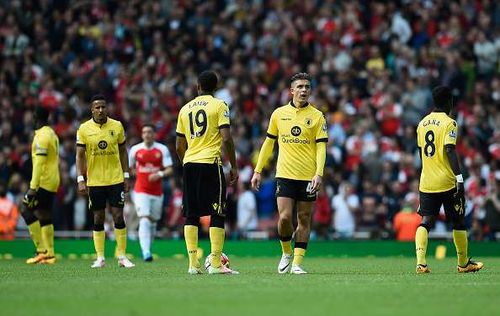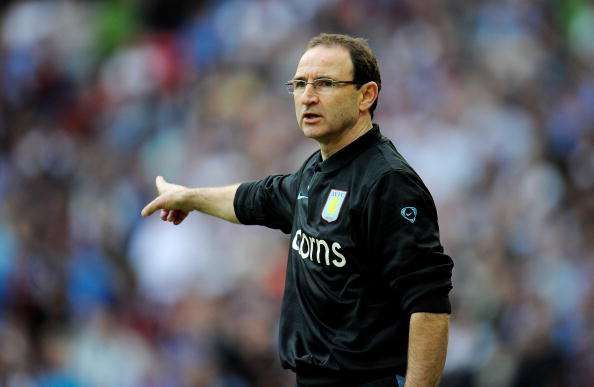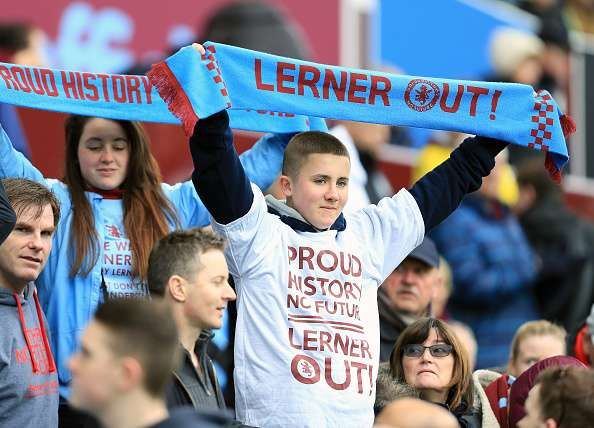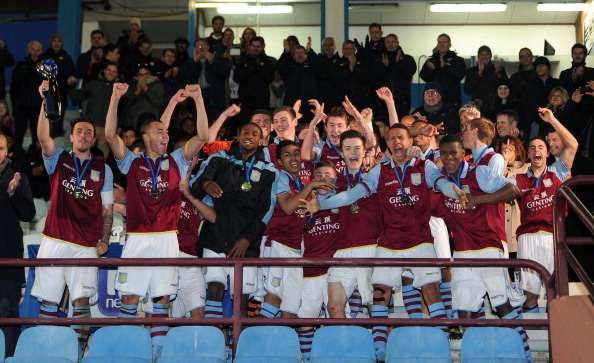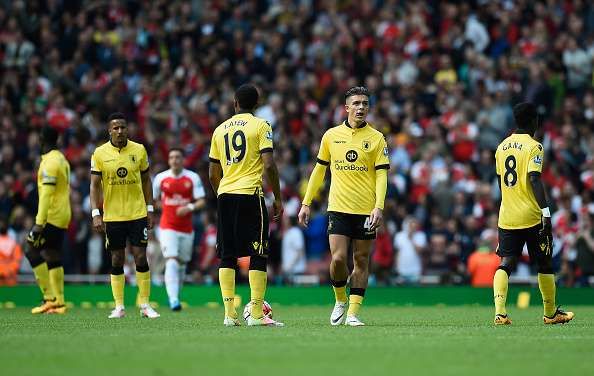
Aston Villa - From European regulars to relegation. What went wrong?
Once a Champions League winner, Aston Villa are, or as recent results suggest; were, one of the oldest and most successful footballs clubs in the history of English football. Their fates have taken a complete U-turn, from being one of only five English clubs to have won the European Cup/UEFA Champions League and with the fifth highest tally of major trophies won by an English club, to now having been relegated from the top tier of the Country.
Aston Villa had their doom coming for some time, having ignored the warning signs that came along with consistent escapes from relegation in the last four seasons, having not finished more than 5 points above the bottom three.
They failed to learn from their 17th place finish last year itself, and the inevitable drop came with four games still left to play this season, ending with just 17 points from 38 games.So we take a look at where it all went wrong for the Lions, ending their 28-year stay in the Premier League.
Managerial Instability
The arrival of American owner Randy Lerner and manager Martin O’Neil in 2006 marked a new-found optimistic era for the club and somewhat stabilized its position in the league. Under the Irish manager, the club made it to Europe once again for three consecutive seasons, finishing 6th from 2007/08 to 2009/10 seasons but has declined steadily since the 64-year-old left.
In his first season, O’Neil led Villa to the season’s longest unbeaten start of any Premier League side (9 games) and finished with a tally of 50 points, finishing 5 places higher than the previous season. In the season to follow, they scored 71 goals, their highest tally since the start of the Premier League and gained 60 points, their best ever tally since 1996/97 season.
O’Neil also led Villa to their first final in 10 years, when they made it to Wembley for the League Cup final in 2010, which they subsequently lost 2-1 to Manchester United.
He resigned as manager on 9th August, 2010 with immediate effect, just 5 days before the start of the season, reportedly being unhappy regarding funds available for transfers. Since then, Aston Villa have not been able to find a suitable replacement, having shown the door to 5 managers subsequently. In came Gerard Houllier and Alex Mcleish, both lasting for merely a year. Houllier did manage to lead Villa to a 9th place finish but was forced to step down upon medical advice.
Mcleish’s horrendous season ended in a 16th place finish which saw him replaced by Paul Lambert. The ex-Norwich manager also disappointed in his two seasons with Villa, finishing 5 points above the drop zone in both of them.
Following the club’s tally of only 12 goals in 25 league games in the 2014/15 season, the lowest in Premier League history, Lambert was sacked midway to be replaced with Tim Sherwood. But the same story followed and Sherwood was shown the door along with successor Remi Garde. Eric Black took temporary charge but could not save Aston from relegation this season.
Transfer window problems
Martin O’Neil’s entire sacking saga was based on the fact that the funds provided for the transfer window simply were not enough for his plans, with Lerner issuing a statement that he and O’Neil “no longer shared a common view as to how to move forward”.
With Randy Lerner having put the club up for sale in 2014, the cost cuttings were obvious with the transfer dealings since 2014. Aston Villa saw star players like Christian Benteke, Fabian Delph, Ron Vlaar, Shay Given, Darren Bent and Tom Cleverley all depart at the end of 2014/15 season but were not adequately replaced due to lack of funds.
Tim Sherwood was denied top targets on his list, notably Kieran Trippier, Estaban Cambiasso, Aaron Lennon, Andros Townsend and Emmanuel Adebayor, and instead had to settle for other players who heavily under-performed. Despite being in need of a good goalkeeper, they let a deal for Asmir Begovic slip by. The replacements that did come in the form of Jordan Veretout, Adama Traore and Tiago Ilori proved to be costly mistakes.
Knowing the direction in which Villa were heading, a need for fresh faces was obvious this season too, and targets had been singled out by Remi Garde, but received no penny from Lerner to strengthen the squad. As a result, the evident lack of quality, commitment and teamwork throughout the season cost Aston Villa dearly and led to relegation.
Academy Graduates’ exodus
Aston Villa were the champions of the last edition of the NextGen series, held in 2013. But Villa’s mismanagement has seen these “best youngsters of Europe” leave the club to apply their trade elsewhere with the only exception being Jack Grealish.
Gary Cahill, Steven Davies and Marc Albrighton, all academy graduates from Villa, were let go on the cheap and have performed very well for their respective clubs. Cahill and Albrighton played key roles in leading Chelsea and Leicester City to the Premier League titles. These transfers have highlighted the club’s inability to bring in players from their youth system into the first team since past few seasons.
A number of Premier League clubs are now eyeing two youngsters, Daniel Johnson and Jordan Graham, the former sold to Preston North End and the latter to Wolves by Aston Villa. In such a time of crisis, they cannot afford to let any more promising youngsters move out of the club, and should give current academy players like Rushian Hepburn Murphy a chance to play for the senior team.
With the new owner, Chinese businessman Tony Xia hinting at funds of between £20-£50m being available, fans can hope for a new positive era at Villa Park. The club desperately needs to address all the above issues and make a speedy comeback to the Premier League to avoid following the path of clubs like Fulham and disappearing into oblivion.
